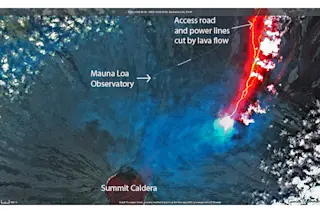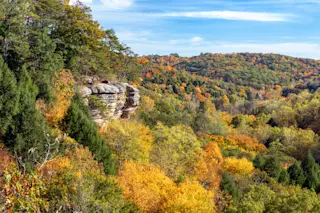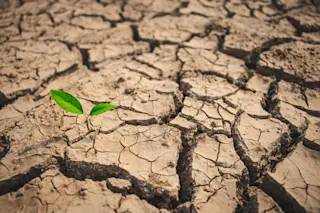The second warmest December on record boosted 2014 to the 34th warmest year in the contiguous United States, according to a report released today by the U.S. National Climatic Data Center. The record extends back to 1895. This marks the 18th consecutive year that the U.S. temperature exceeded the 20th century average. But it certainly wasn't close to being a record breaker in the United States (although it almost certainly will turn out that way globally for the year). The map above — and maybe your own experience if you live in the nation's midsection — shows why. When it comes to temperature, the orange and red colors, and the blue ones on the other hand, tell a tale of two regions. The West was exceedingly warm, with California, Arizona, and parts of Nevada and Oregon experiencing record warmth. A good portion of the rest of the region was much ...
U.S. Climate in 2014: One Country, A Tale of Two Regions
2014 is marked as the warmest year in the United States, according to the U.S. National Climatic Data Center report.
More on Discover
Stay Curious
SubscribeTo The Magazine
Save up to 40% off the cover price when you subscribe to Discover magazine.
Subscribe












